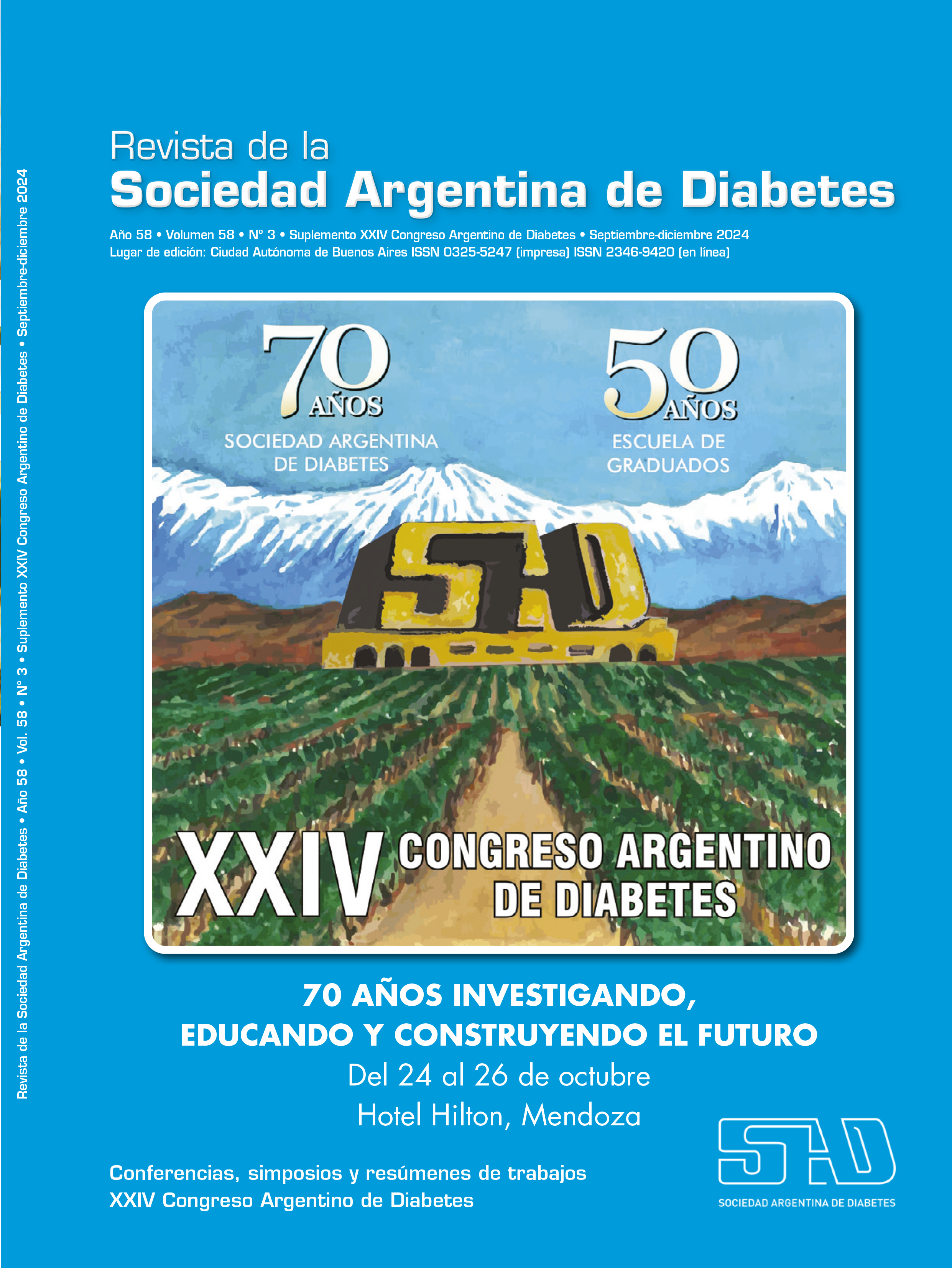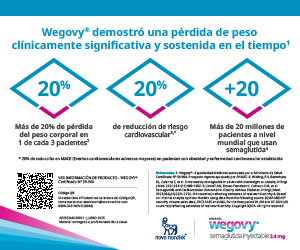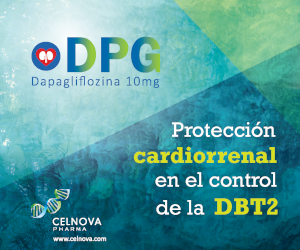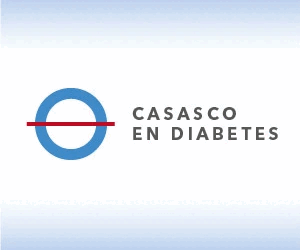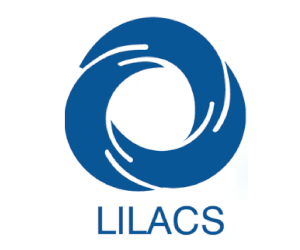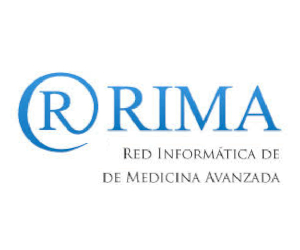Insulinosensitivity in diabetes type 2
Keywords:
insulinosensitivity, diabetes type 2Abstract
After meal, in response to elevated levels of blood glucose and other metabolites, pancreatic β cells secrete insulin as a means of coordinating systemic glucose homeostasis. This homeostasis is driven by tissue insulin sensitivity, which generally describes the efficiency of a given insulin concentration in normalizing blood glucose levels. These typically well-regulated homeostatic mechanisms involve multiple processes in various organs, including attenuation of hepatic glucose release (inhibition of glycogenolysis and gluconeogenesis), increased glucose uptake into muscle (where it is stored as glycogen) and fat, suppression of the release of free fatty acids (FFA) from adipocytes (lipolysis) and increased lipid accumulation in the liver and adipocytes (adipogenesis). These metabolic processes are regulated by a complex signal transduction cascade dependent on insulin. The major canonical insulin signaling cascade, necessary for this maintenance of blood glucose concentrations, activates a key protein kinase Akt. This Akt protein kinase (three isoforms are known) is the proximal node for insulin regulation of pathways that control systemic glucose homeostasis.
People with type 2 diabetes (T2D) and many people with obesity have impaired insulin-stimulated glucose uptake in muscle and adipocytes, and defective insulin suppression of hepatic glucose production, and are referred to as ‘insulin resistant’ (IR). Individuals with IR generally present with hyperinsulinemia, a condition in which insulin levels in the blood are higher than the normal ratio to the amount of glucose under both fasting and feeding conditions. This hyperinsulinemia compensates for IR in peripheral tissues to normalize blood glucose levels, although new insights into the process could indicate what causes IR.
Currently, there are many questions that arise regarding the mechanisms of reduced insulin sensitivity. What are the initiating organs and their hierarchy in the process? Is obesity a cause or consequence? Clearly the evidence rejects that defects in the proximal insulin signaling cascade are responsible for defects in altered GLUT 4 transit. It is more likely that the interactions of genetics and the obesogenic environment, with cellular alterations and systemic mediators, inflammation and oxidative stress causing mitochondrial dysfunction, can give a dysfunctional response in the liver and fatty tissue, which changes the beneficial metabolic signals in the target cells and finally results in a defect in GLUT4 trafficking. The mechanisms by which insulin secretion increases in obesity need to be further explored. Adipocytes could cause hyperinsulinemia independently of blood glucose levels and generate IR.
Finally, the answer to these enigmas in towards precision medicine in diabetes will be able to define behavioral and pharmacological interventions that truly modify the inexorable evolution of the patient from risk to prediabetes and diabetes with its complications.
References
I. Shepherd P, Kahn B, Epstein F. Glucose transporter and insulin action. Implications for insulin resistance and diabetes mellitus. N Engl J Med 1999;341(4):348-257.
II. Boucher J, Kleinridders A, Kahn R, Insulin Receptor signaling in normal and insulin-resistant states. Cold Spring Harb Perspect Biol 2014;6:a00919.
III. Færch K, Johansen N, Witte D, Lauritzen T. Relationship between insulin resistance and -cell dysfunction in subphenotypes of prediabetes and type 2 diabetes. J Clin Endocrinol Metab 2015;100(2):707-716,
IV. Czech MP. Insulin action and resistance in obesity and type diabetes. Nature Medicine 2017;23(7):804-814.
V. James D, Stöckli J, Birnbaum M. The aetiology and molecular landscape of insulin resistance. Nature Reviews. Molecular Cell Biology 2021;22:751-771.
VI. Pavarotti MA, Rodríguez MG. Cascada de señalización de la insulina y la actividad física para el transporte de GLUT-4 y la captación de glucosa en el músculo esquelético. Rev Soc Arg Diab 2023;57:121-139.
Downloads
Published
Issue
Section
License
Copyright (c) 2024 on behalf of the authors. Reproduction rights: Argentine Diabetes Society

This work is licensed under a Creative Commons Attribution-NonCommercial-NoDerivatives 4.0 International License.
Dirección Nacional de Derecho de Autor, Exp. N° 5.333.129. Instituto Nacional de la Propiedad Industrial, Marca «Revista de la Sociedad Argentina de Diabetes - Asociación Civil» N° de concesión 2.605.405 y N° de disposición 1.404/13.
La Revista de la SAD está licenciada bajo Licencia Creative Commons Atribución – No Comercial – Sin Obra Derivada 4.0 Internacional.
Por otra parte, la Revista SAD permite que los autores mantengan los derechos de autor sin restricciones.



